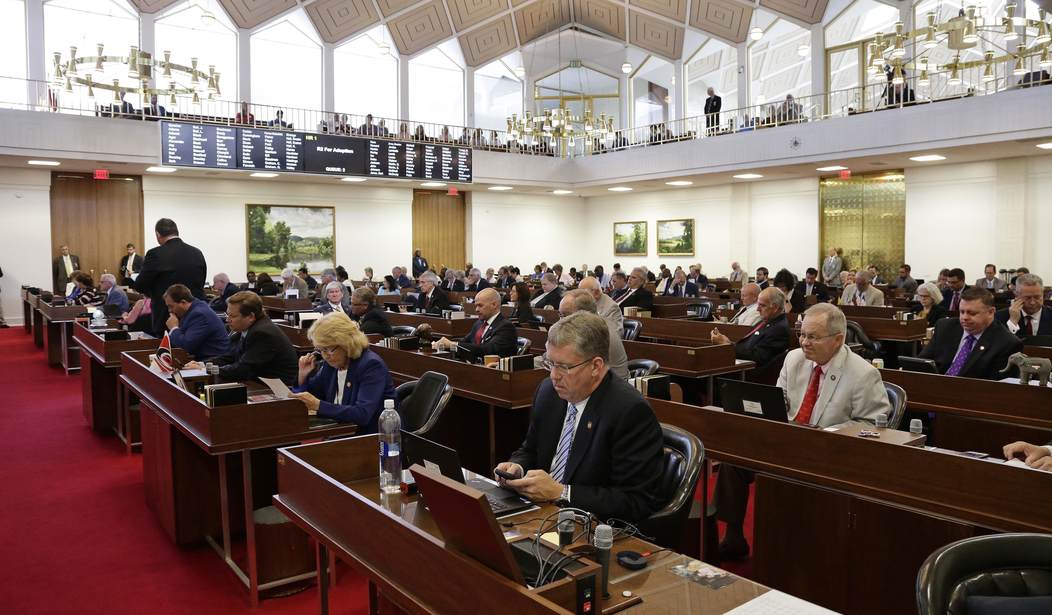A growing trend across the country shows red states getting redder and blue states getting bluer. As of today, 29 state legislatures feature “supermajorities” where a governor from the opposing party is usually stymied due to a rock-solid wall of opposition to most policies they disagree with.
And Republicans have twice as many supermajority legislatures as Democrats.
This means that the GOP can basically have its way with most legislation dealing with LGBTQ issues, including women-only sports and banning gender transition healthcare for minors.
The supermajorities are a consequence of a decade-long effort to increase GOP numbers in state legislatures. That strategy paid off during the 2020 redrawing of state districts when Republicans used their power to gerrymander more Democrats out of their seats in red states than Democrats were able to gerrymander Republicans out of seats in blue states.
The strategy also created enough swing state legislative districts that supermajorities were possible.
The rise of these 29 supermajorities — seven of which emerged since the 2022 midterms — can be attributed to two things: GOP-crafted redistricting that protects the party’s candidates, and the polarization of the nation’s politics. And while anti-transgender laws have been passed in places like Idaho, Indiana, Iowa and Arkansas, the consequences are particularly challenging for the Democratic governors of Kentucky, Kansas, Louisiana and North Carolina, who joust with a GOP legislature. (Vermont’s Phil Scott is the only Republican governor with a Democratic-controlled supermajority legislature.)
One issue that has benefitted the most from GOP supermajorities has been relaxing gun laws. Several states, including North Carolina, saw an expansion of Second Amendment rights despite the presence of a Democratic governor.
Republican lawmakers in Kansas and Kentucky have bypassed governors and used their power to enact new restrictions on transgender athletes and gender-affirming care. In North Carolina, they rejected Democratic Gov. Roy Cooper’s veto on a bill this month repealing a pistol permit requirement, the first override in five years. Then, in Tennessee, Republicans flexed their power against fellow legislators by expelling two Democratic members for participating in a gun violence protest on the state House floor.
Conservatives are triumphant about the recent legislative victories they see as shoring up support among their base and solidifying future success at the ballot box. And that’s left many Democrats, who are facing dwindling numbers in state legislatures throughout the South and parts of the Midwest, feeling deflated and helpless.
Democrats complain about Republicans “suppressing” minority votes, but the reality is that anyone who looks at a map of the 2020 presidential election by county can see how dominant Republicans are nationwide — except for large population centers on the coast and in big urban areas.
Republicans gained these supermajorities through rank-and-file members putting in an enormous amount of work, going door-to-door in many districts, and volunteering to perform the dull scut work that builds a winning political party. And the GOP embraced issues of concern to those who care about the culture and the world their children are growing up in.
Democrats can whine about “voter suppression” and “gerrymandering” (they do it too). But the truth is that Republicans out-hustled them and outspent them at the local level.
No mystery there.










Join the conversation as a VIP Member